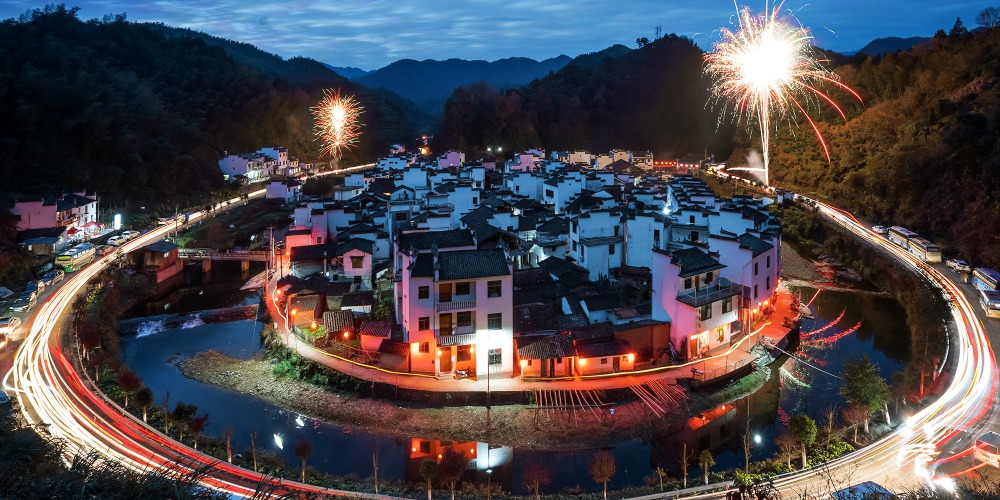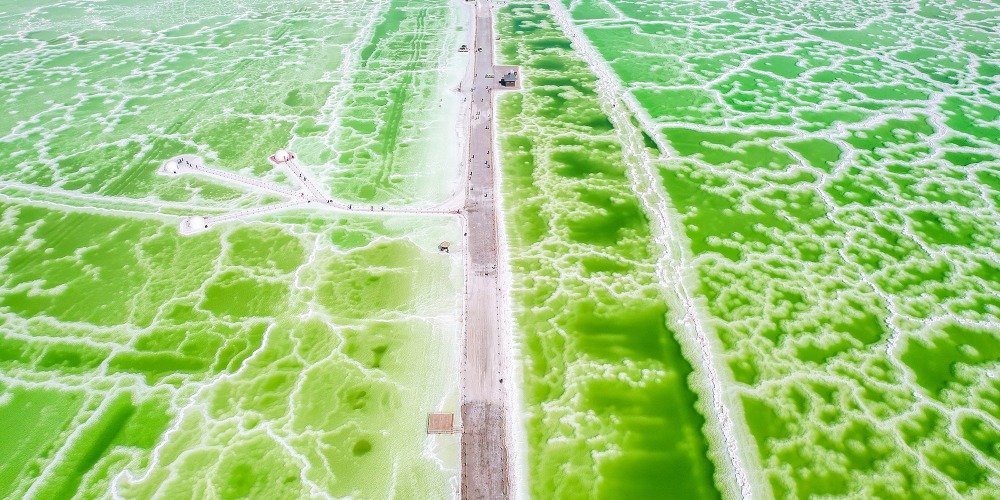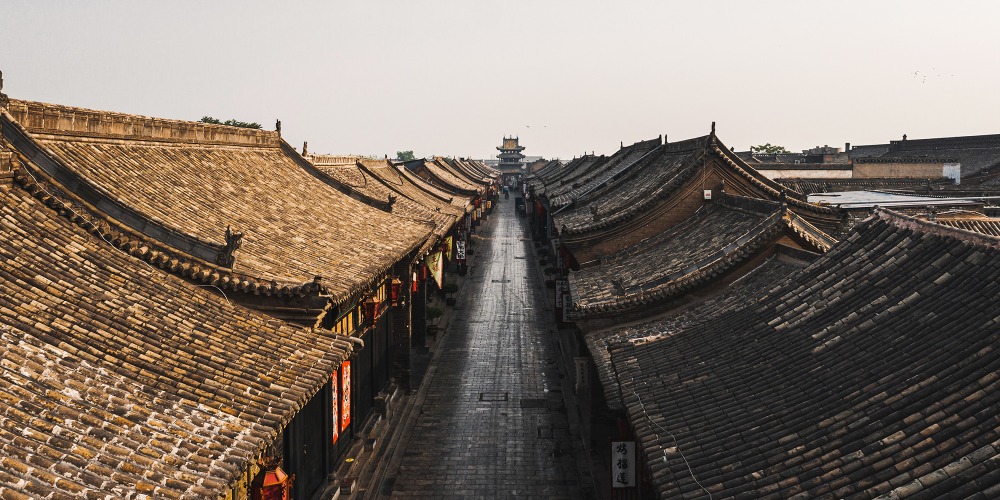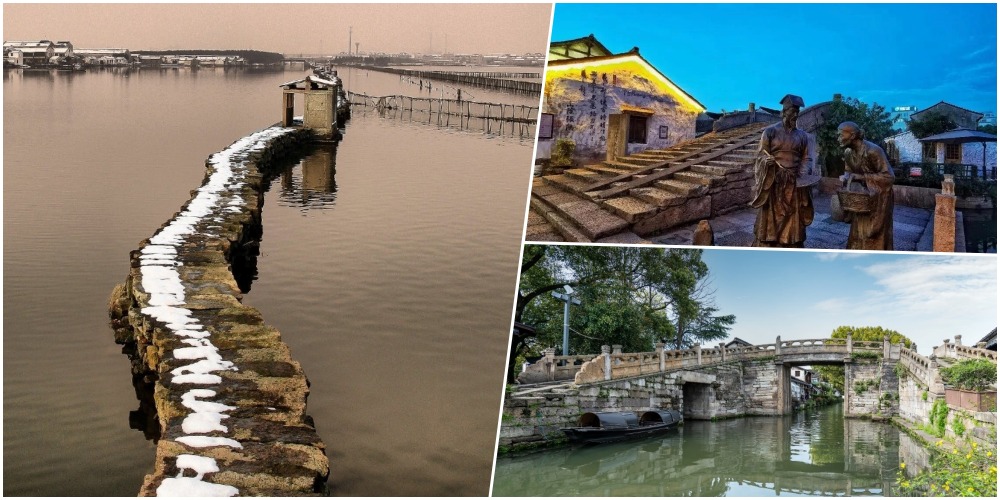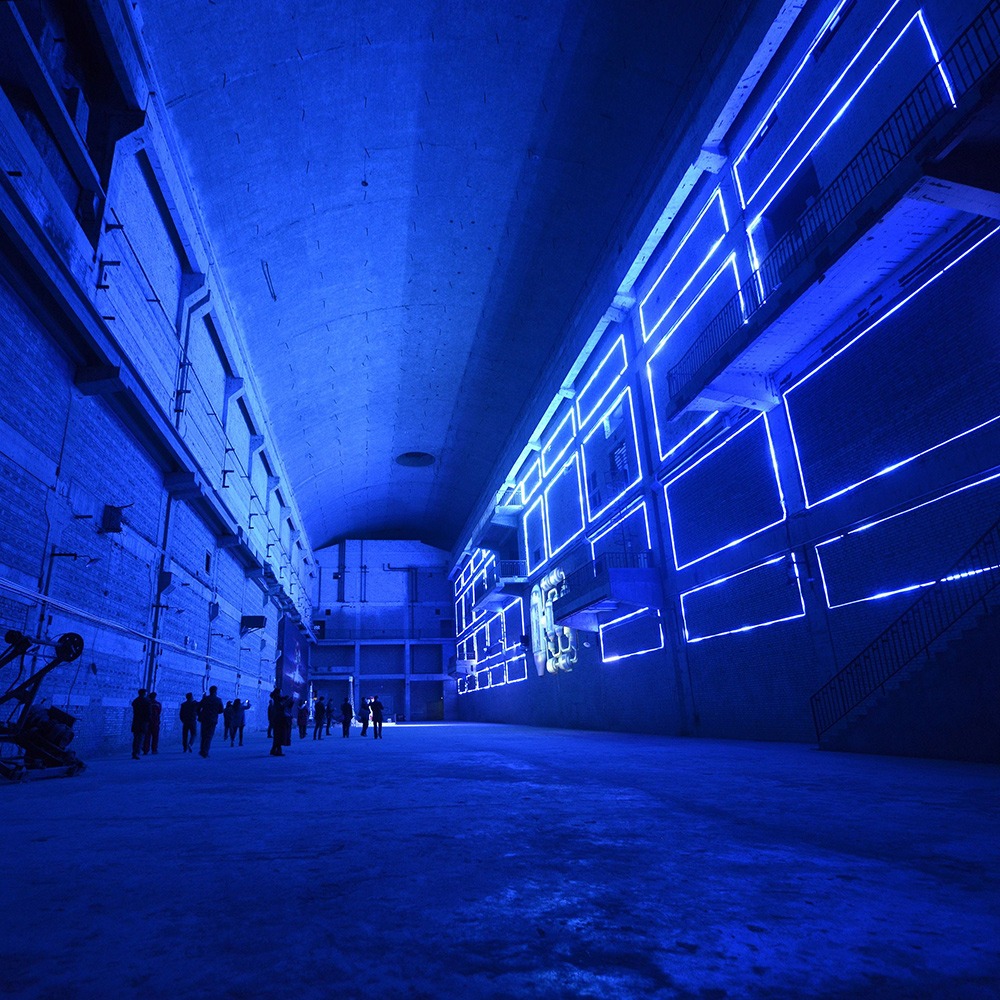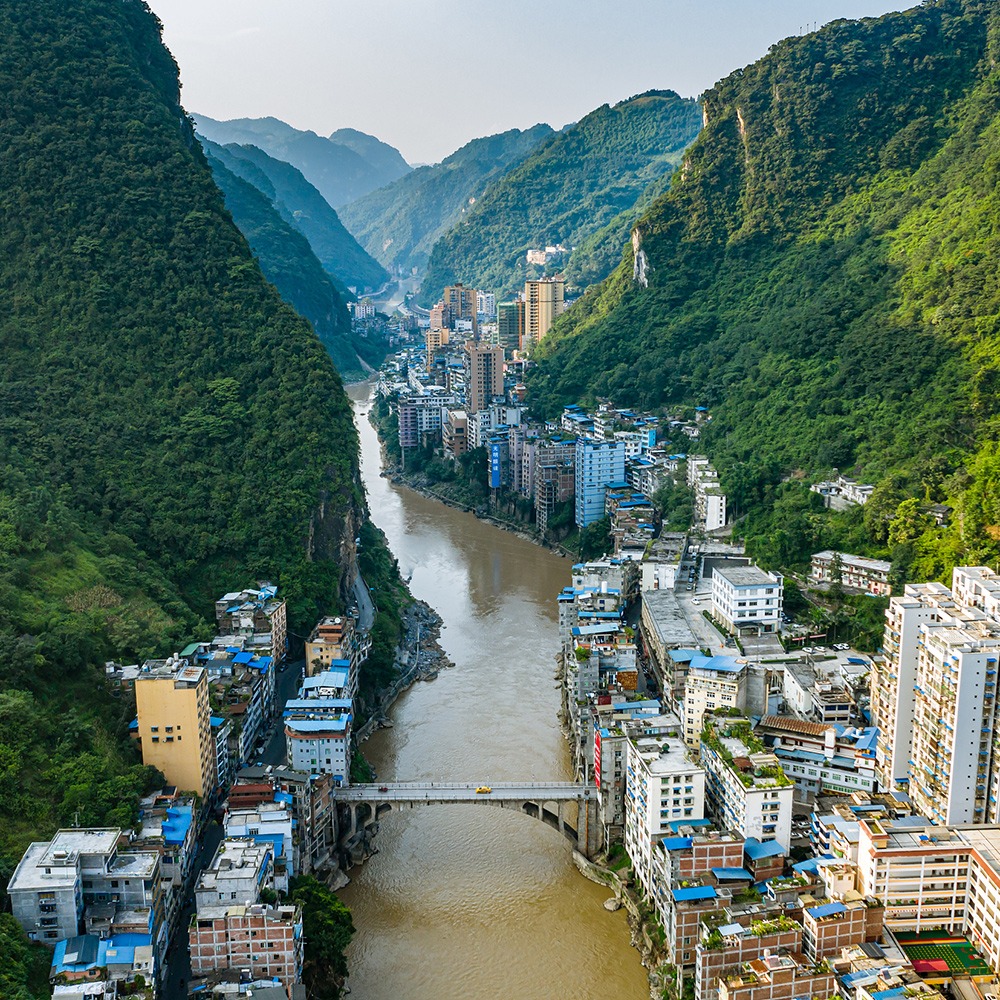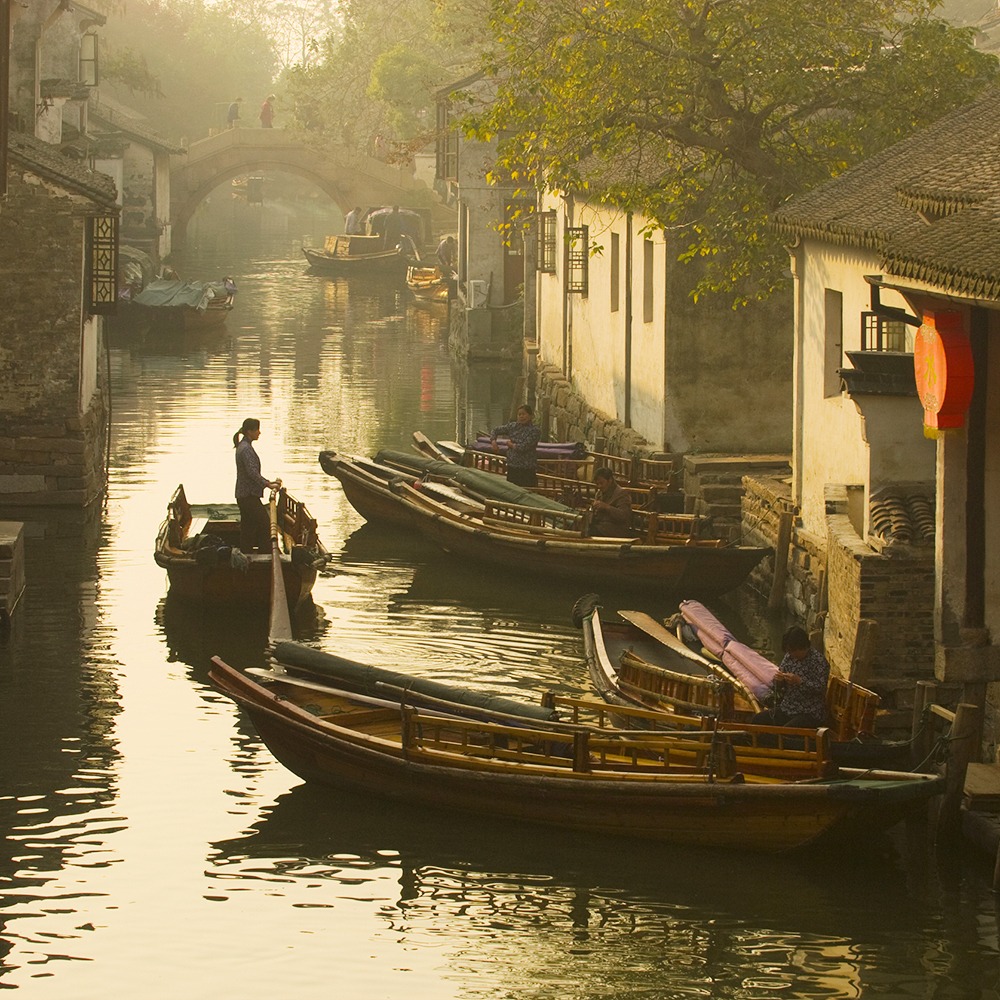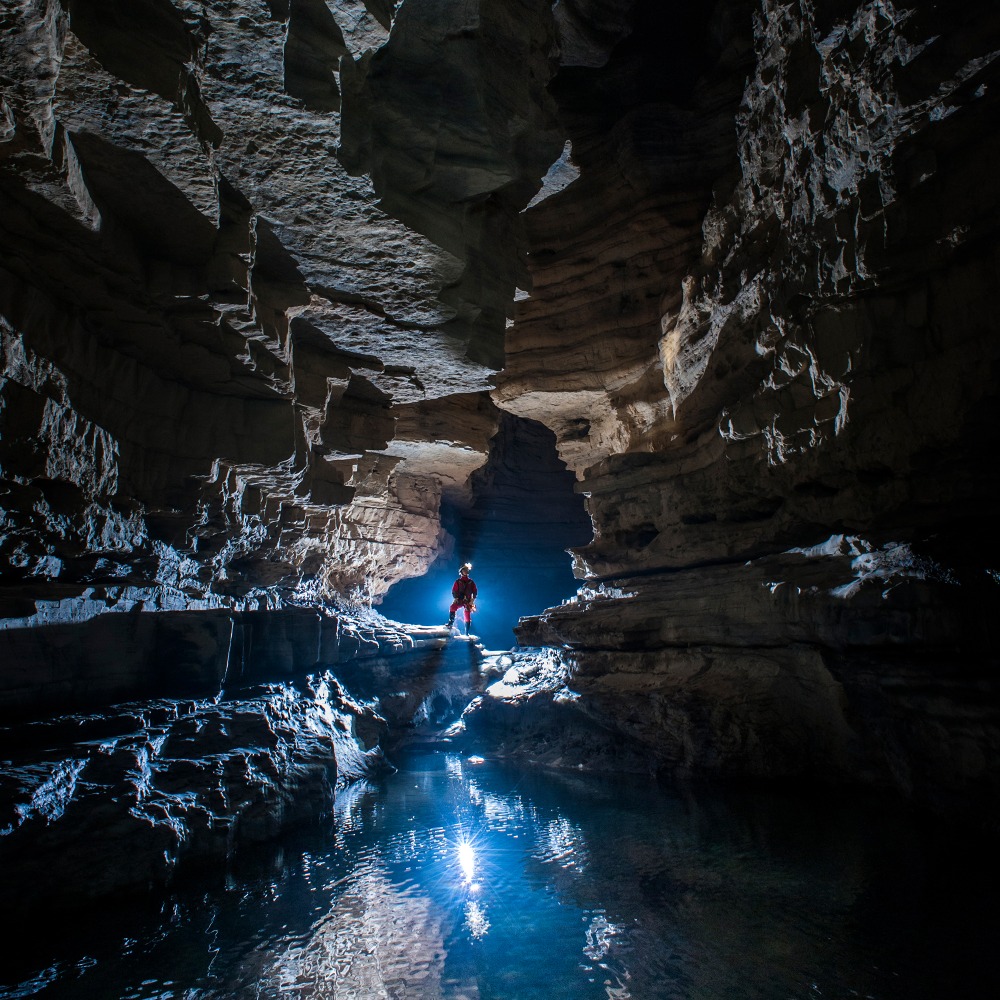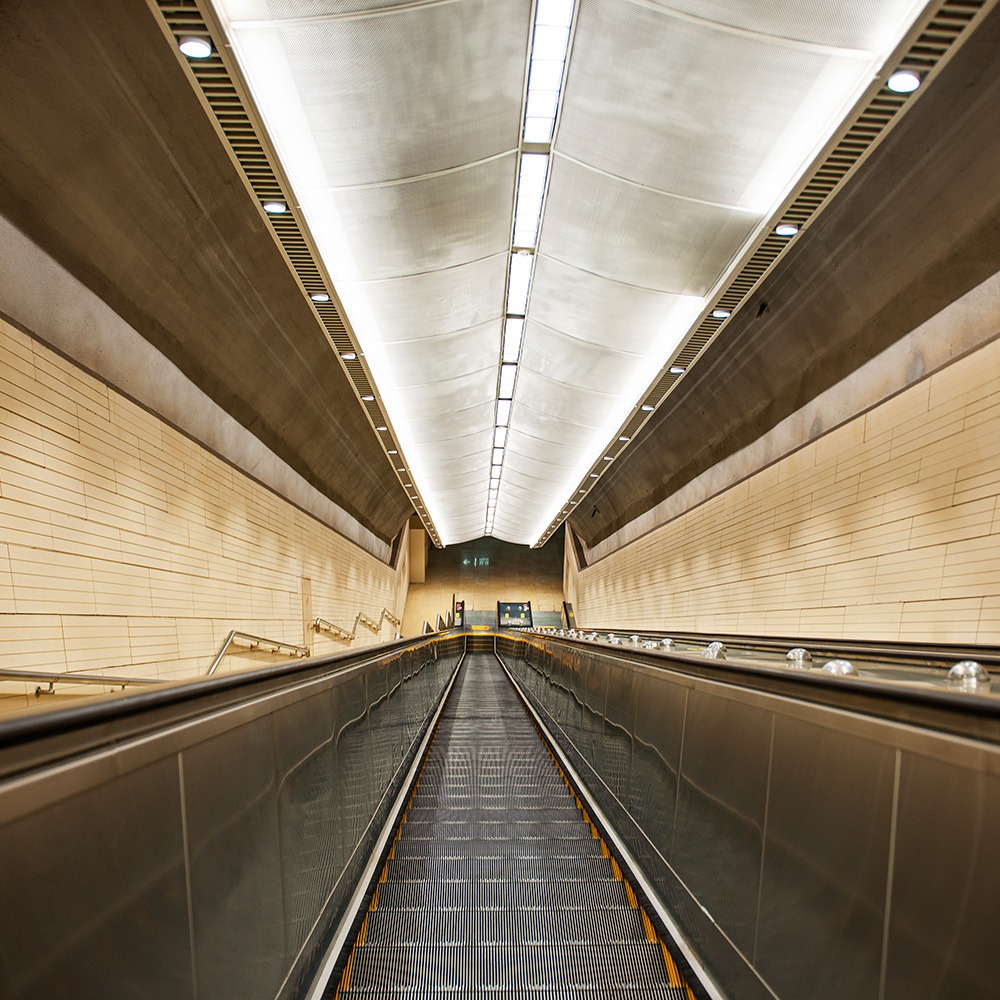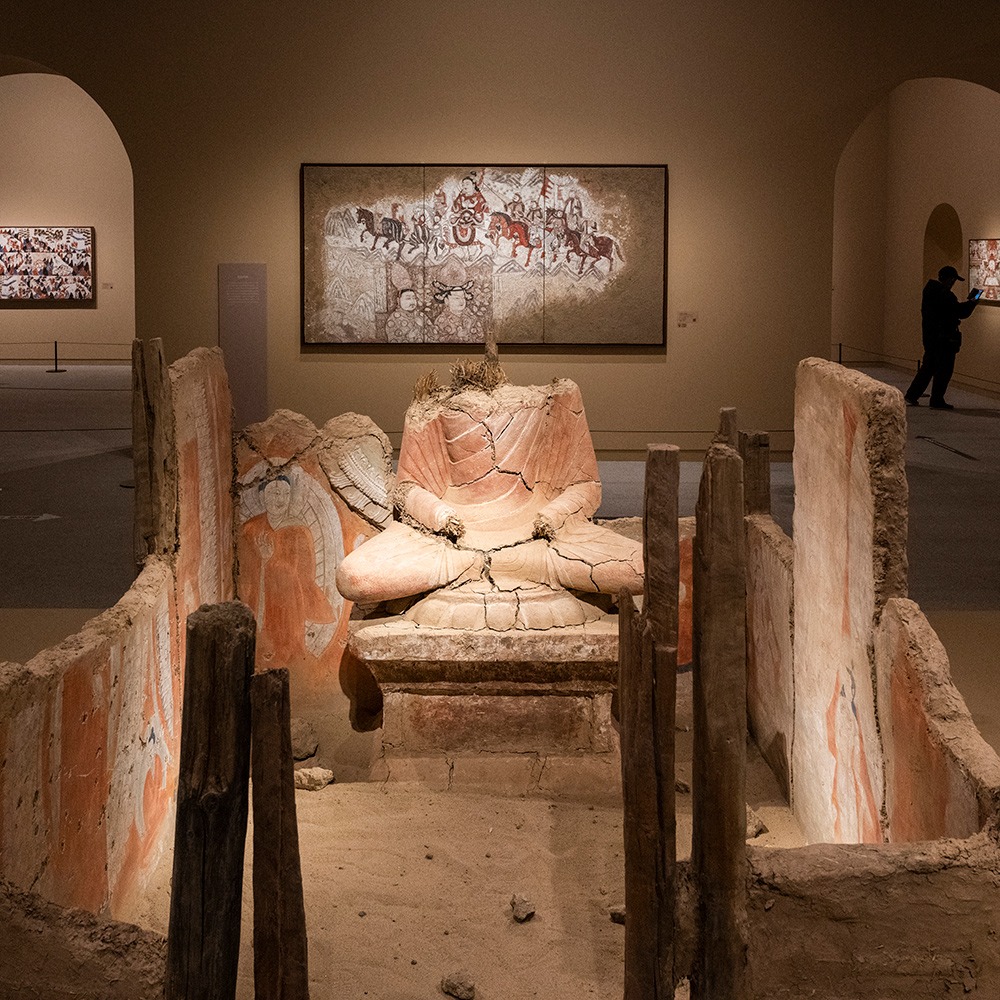Published : 2023-04-14
Known as the "most beautiful village in China", Wuyuan in Jiangxi Province also has the "most circular village in China"—Jujing Village, with an 800-year history.
Just how circular is this ancient village?
The ancient village architecture in typical Huizhou style
Jujing Village is located in Dashan Township, Wuyuan County, Jiangxi Province. The terrain is very unique, surrounded by mountains and water on three sides.
The newly built road follows the river bank and bypasses the village. When looked at from an overhead perspective, it forms a large "circle", hence it is called "the most circular village in China".
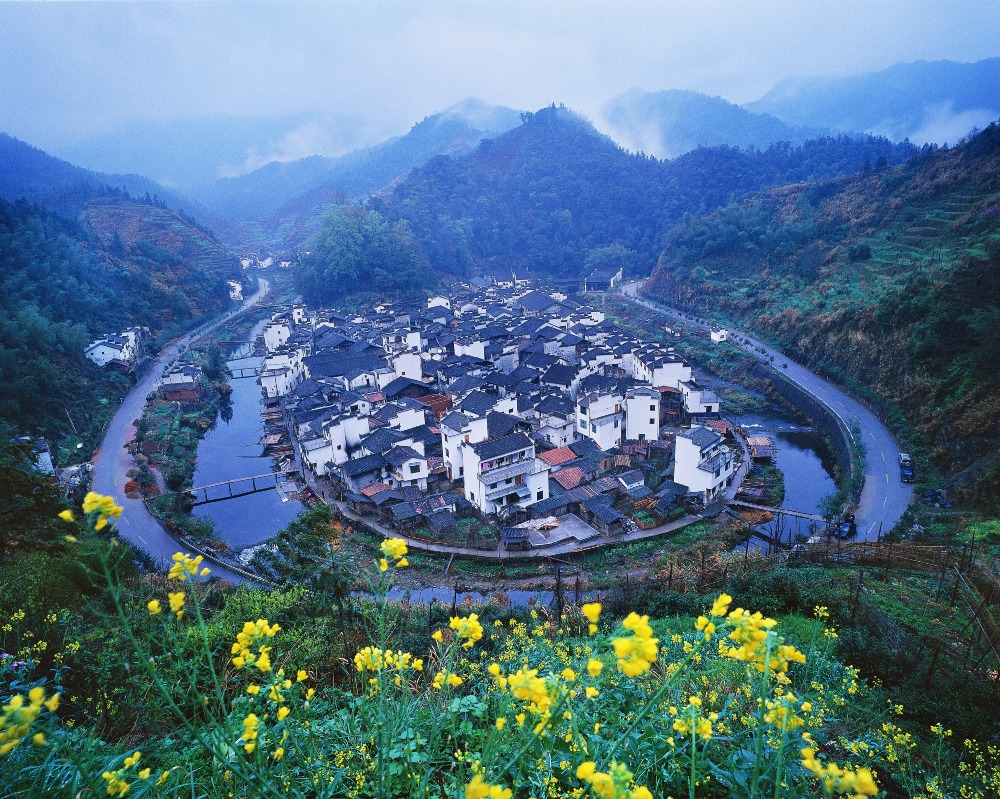
The village's architecture is in the typical Huizhou style with white walls, black tiles, and horsehead walls, creating an antique atmosphere.
Although the unique terrain attracts many tourists, the village has not yet been commercialised, and still retains its simplicity and tranquillity, like a "Shangri-La".
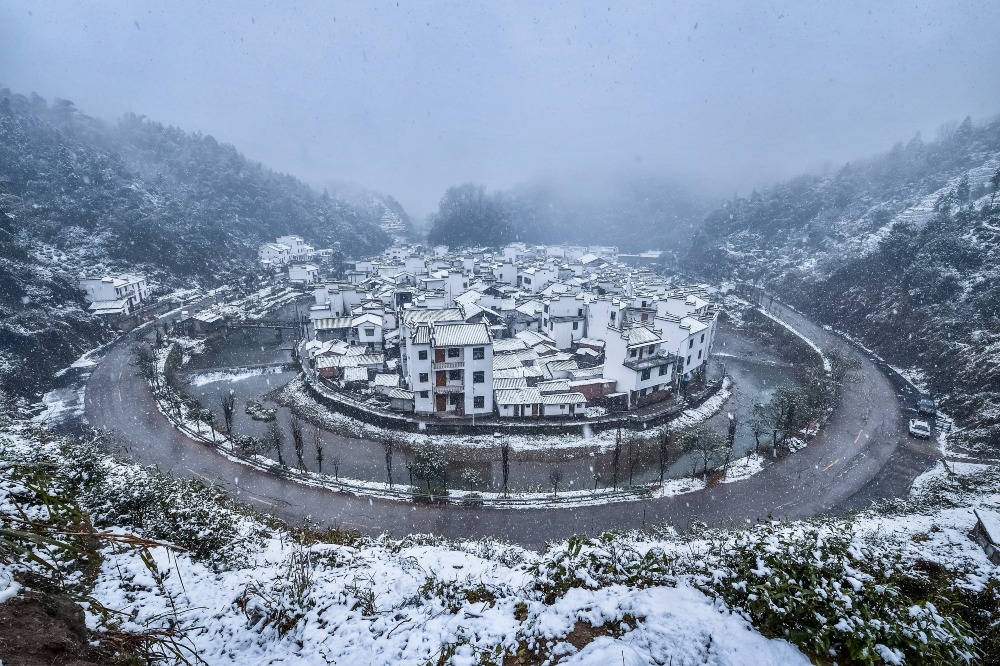
Jujing Village with a history of 800 years
Jujing Village is not large, covering an area of about 40,000 square meters, with hundreds of households living in it, most of them surnamed He.
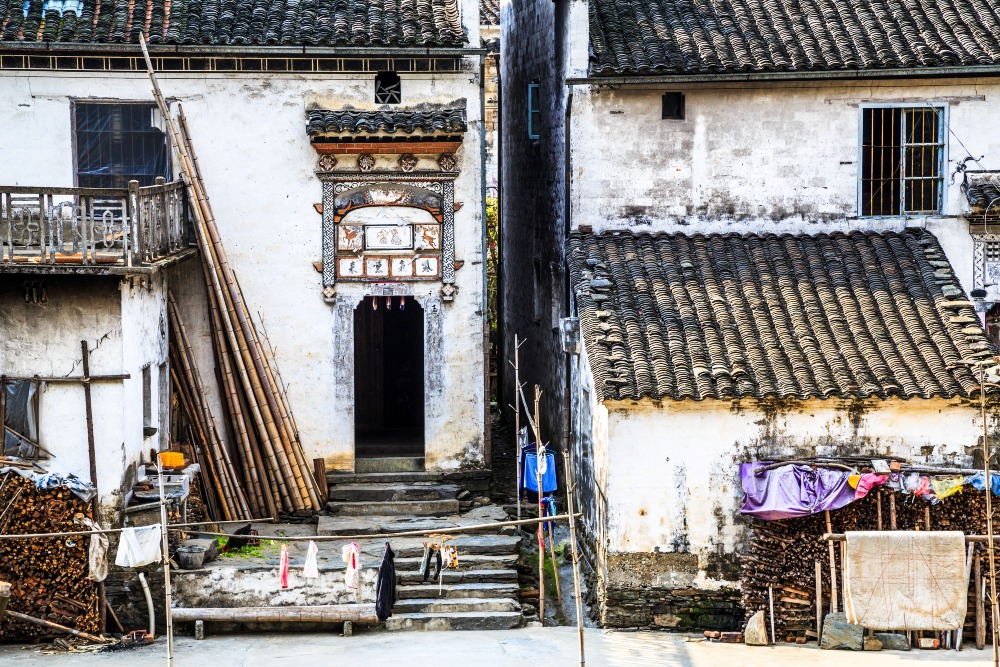
This is the hometown of He Ruchong, a famous minister of Ming Dynasty, and the village has an ancestral hall of the He's.
According to the "Genealogy of the He Clan", about 800 years ago during the Southern Song Dynasty, the ancestors of the He clan found this place suitable for seclusion, so they moved here and have multiplied to this day.
The name of Jujing Village comes from the line "Three paths are almost deserted, but pine and chrysanthemums still grow" in Tao Yuanming's poem "Returning Home".
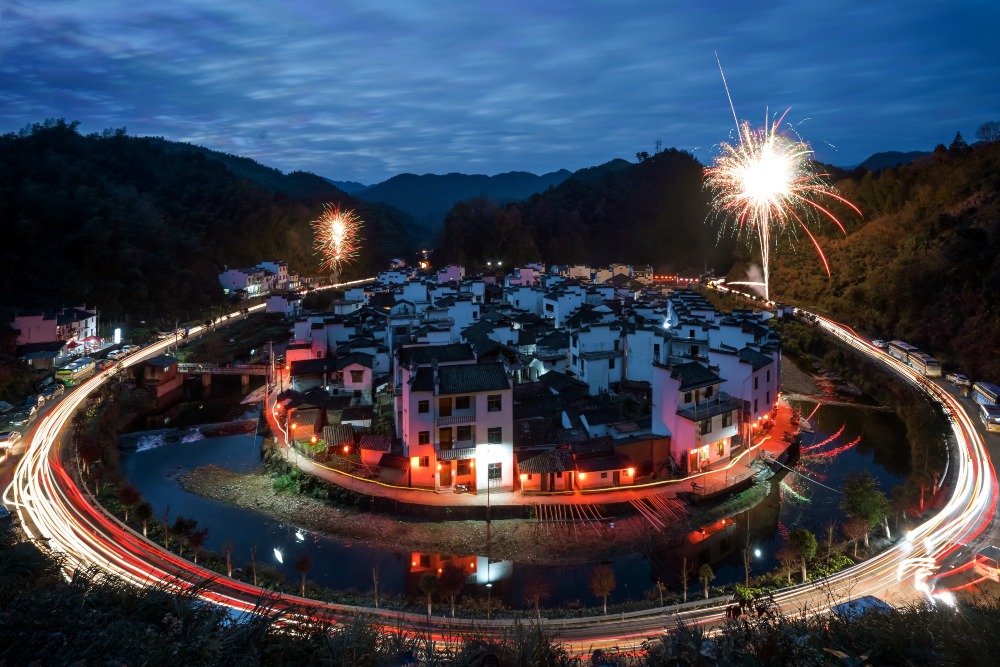
In 2019, this most circular ancient village in China was included in the "List of Traditional Chinese Villages".
To protect the ancient architecture, the villagers must build new houses at designated locations outside the village, so Jujing Village has managed to preserve its original antique appearance.
